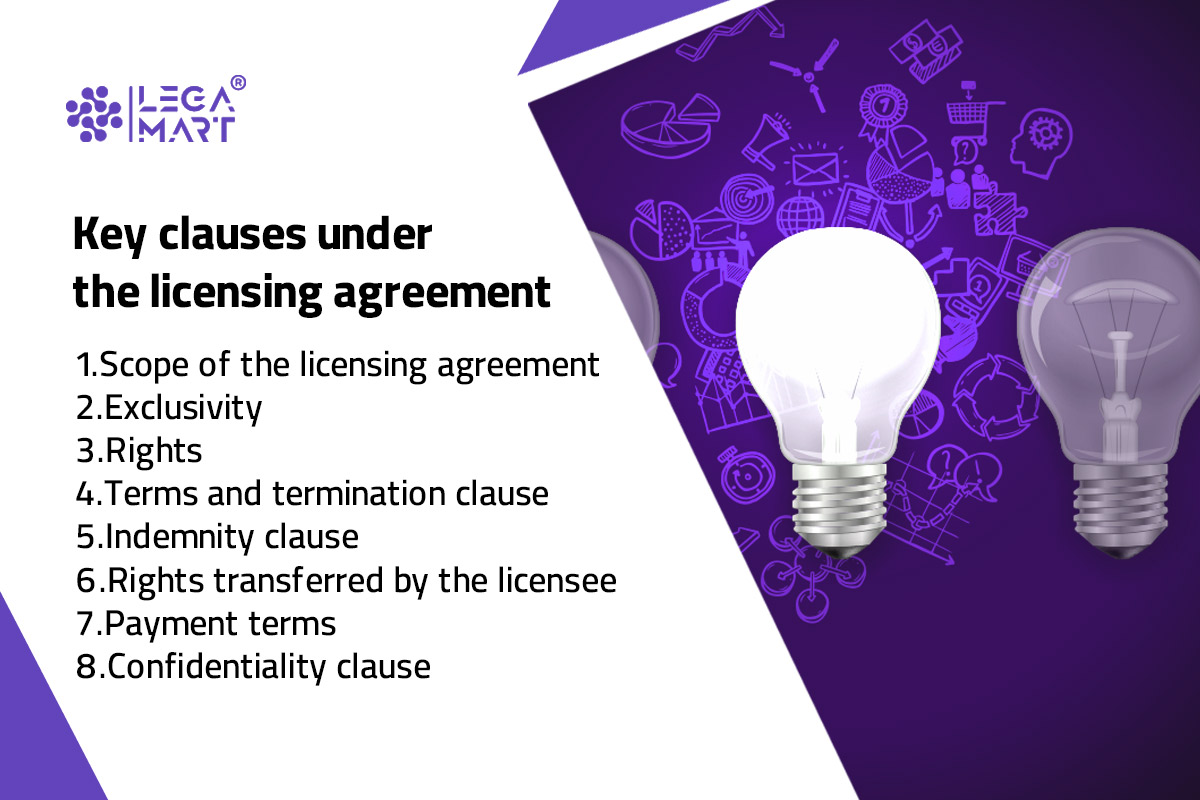This scenario, deeply rooted in Legal Practice & Specialization, highlights how Max, as the owner of a film production company, is navigating the complexities of intellectual property rights and distribution in the digital age. His company, associated with the new movie ‘ABC’, aims to release it on Over-the-Top (OTT) platforms while carefully reserving all rights, even as the movie is made publicly accessible. This strategic approach involves entering into licensing agreements with various OTT platforms like Netflix and Amazon Prime Video, meticulously outlining crucial terms and conditions such as the scope and duration of the agreement.
However, XYZ (another OTT platform) included under the abovementioned agreement infringes the duration clause wherein, under the clause duration of 1 year was mentioned and also, had the opportunity to extend the same. However, the platform removes the movie before the mentioned duration and also, without any prior notice to the same. Therefore, Max moved to the court for breach of contract from the side of XYZ, and the court held the case in favor of Max as the agreement clause clearly mentions the time duration of 1 year and penalized the XYZ for the breach.
What is a Licensing Agreement for Intellectual Property?
It is a legal agreement between owners of the IP which assign specific rights to the third party in return for a fee and royalty fees. Under this, the licensor specifies how the licensee shall or shall not use IP that he or she has obtained from the licensor. As an intellectual property lawyer, you must create a balance between the interest of the licensee and licensor.
It is only permissible for IP licensing to take place when parties have significant intellectual property. The right to restrict others from utilizing an intellectual property for commercial reasons comes with the ownership of a piece of intellectual property. For intellectual property owners, licensing is advantageous since it allows them to make money from their assets by making them available to anyone for a fee, without altering their ownership of the assets in question. Licensing is also advantageous to licensees since it allows them to save money by not having to spend as much on product development and by eliminating the risks connected with it.
Key clauses under the licensing agreement

Scope of the License
According to the type of the IP rights being licensed, a license might have a wide range of Scope. The agreement must clearly specify the intellectual property being licensed. Only those rights can a licensor grant to a licensee that he or she holds legally oneself. Any or all of the licensor’s rights can be granted to a third party. Besides defining the scope of the license, the geographical location must also be indicated.
‘Sublicensing’ rights must be explicitly stated in the license agreement if they are to be included in the grant. The right to sublicense can apply to all of the licensed rights or just a subset of them. For instance: In some cases, a license can be provided for the usage and modification as well as to sell the same work. However, There are two most important terms to include in any licensing agreement for intellectual property (IP) are:
- An intellectual property license is defined as a “Licensed Product.”
- As defined by the licensee’s use of licensed IP, the term ‘use’
Exclusivity
Exclusivity under a licensing agreement means when both the parties sign the agreement, the licensor agrees upon the fact that there is only one licensee who may use the IP under this agreement.
Non-exclusive
Under this agreement, there can be more than one licensee for a single intellectual property under a non-exclusive license. The licensee often saves money with this form of arrangement.
Sole
One licensee is agreed upon by the licensor, but the licensor is allowed to continue to utilize their intellectual property as well.
Rights
In order to enforce the rights created, it is necessary to specify the responsibilities of the parties for the maintainability of the IP and which party will be responsible for paying all registration costs. Various contractual remedies, such as monetary damages, injunctions, as well as other reasonable remedies, or a specific form of dispute settlement, can be used in the enforcement of rights such as arbitration clause.
Terms and termination clause of the agreement
This includes the license’s duration, the circumstances under which it might be terminated by either party, and also, include both parties’ rights and responsibilities upon termination or expiration. For IP owners who want to protect their rights, it’s critical to require licensee to immediately cease utilizing the IP rights and remove all links to the IP from all of their works whenever the agreement is terminated or expired. As a result, the licensee’s responsibilities may differ depending on what type of intellectual property (IP) is being licensed and what type of business the licensee is under it.
Indemnity clause
This clause is added in a contract to avoid or compensate for damage. It is often overlooked as a standard clause in IP licensing agreements, despite the fact that it does have certain implications for both parties. They generally insist on a provision enables the licensor to reimburse them against risks because the licensor provides the IP rights and profits from the deal. The licensor can utilize an indemnification clause to cover losses caused by the licensee’s actions, confidentiality issues, or for the abuse of certain rights. However, there are few risks which should be covered even after the termination or expiration of the contract.
Rights transferred by the licensee
Unless the license agreement clearly allows it or the licensor gives consent, a licensee’s rights cannot be assigned. In order to maintain control over who acquires rights to his IP rights, a licensor often resists free transferability of licensing rights by licensees. Unless otherwise agreed upon, all IP license agreements must state that the licensee cannot assign the license.
Payment terms
It is a complex clause in IP licensing since each party approaches it differently. It includes such as
- Royalty fees
- Initial Payments
However, the payment methods and royalty fee calculations are determined by the value of the IP license, which includes marketing and production costs, obligatory licensing fees, and import/export taxes.
Confidentiality clause
This clause is related to the information that was exchanged between the parties, as well as the terms of service wherein, the confidential puts responsibilities with respect to that information, were all recorded.
Points to be remembered while drafting the agreements
- The terminology used by certain IP lawyers is the most common error. To avoid any misinterpretation, the agreement must indicate clearly that it is a license agreement and also, all the clauses should be written clearly.
- In the rights clause, the licensor must not grant the licensee all rights or interest of the IP. For avoiding such error, a clause must clearly lay that it is an assignment of the rights.
- A quality control provision must be included in a trademark license agreement to maintain the trademark’s uniqueness and goodwill. Without it, there can be a conflict between the qualities of two products selling under same trademark. It is also necessary to enforce such a provision.
- When there is a involvement of more than two parties then, it is better to avoid the usage of the terms “licensee” and “licensor” or at least define them properly in the definition clause.
You can obtain a sample IP license agreement by contacting LegaMart.
Uncover the steps and procedures for immigration to different nations, with a focus on Turkey to Norway and US to Portugal, in Legamart’s insightful articles.




